Here is a listing of 22 lab activities to draw upon on “those days”…meaning days when you need (or want) to keep things science-directed and flowing in a science fashion.
Those “days” can come in a variety of forms. Maybe you:
- Need to put a related lab together fast
- Need something to constructively and scientifically fill in time (filler)
- Looking for a fun science alternative to break up the usual flow of things
- want something to do between unit lessons
- want something to do at the end of the school year
- just need something engaging and fun for your students to do for whatever reason
These 22 lab activities can be used in many ways. Some are demos, some are fun activities, and some are true science experiments.
It is important to note that some of these activities aren’t experiments though someone may call them that. They’re only a lab activity or a demonstration.
Want to turn it into an experiment? ⚗️ No problem.
Just take any variable from a demonstration and modify it (that’s turning it into an independent variable). That will transform a ho-hum demo into a true science experiment.
Naturally, you need to include many trials, gather data (from the dependent variable), and control other factors (constants).
Voila! A true science experiment.
Anyway, here are 22 fill-in lab activity ideas for “those days”. Enjoy!
Lab Activities
Numerous links are provided to help you “get an idea” and familiarize yourself with the lab activities.
1. Sink or Float
Provide various objects and ask students to predict whether each item will sink or float in water. Then, have them test their predictions and record their observations.
Related Resources
2. Candy Chromatography
Use candy-coated chocolates like M&M’s or Skittles to explore chromatography. Students can separate the different colored dyes using filter paper and water.
Related Resource
3. Egg Drop Challenge
Challenge students to design and build a contraption that will protect an egg from breaking when dropped from a certain height. This activity explores concepts of force, gravity, and energy transfer.
4. Balloon Rocket
Investigate Newton’s third law of motion by creating balloon rockets using string, straws, and balloons. Students can explore how different variables affect the distance and speed of their rockets.
5. Paper Airplane Competition
Have students design and test paper airplanes to see whose design flies the farthest. This activity introduces concepts of aerodynamics and forces acting on objects in flight. Many lab activities can be created from this single example.
I have had students up their game with paper airplane competitions by providing them with variations on the typical notebook paper airplane.
6. Dissolving Candy Experiment
Explore the concept of solubility by testing how different types of candy dissolve in water. Students can observe and compare the rate of dissolution for various candies.
7. Static Electricity Butterfly
Create static electricity butterflies using tissue paper and a charged balloon. Students can observe how static electricity causes the butterflies to move and stick to different surfaces.
Related Resource
8. Density Tower
Build a density tower using liquids of different densities, such as water, oil, and syrup. Students can layer the liquids and observe how they form distinct layers based on their densities.
Related Resources
9. Gummy Bear Osmosis
Investigate osmosis by placing gummy bears in various solutions, such as water, salt water, and sugar water. Students can observe how the gummy bears change in size as they absorb or release water.
10. Baking Soda and Vinegar Volcano
Create a classic baking soda and vinegar volcano to demonstrate chemical reactions and the release of carbon dioxide gas. Students can customize their volcanoes with paint or decorations.
11. Penny Cleaning Experiment
Use household items like vinegar, lemon juice, and ketchup to clean tarnished pennies. Students can compare the effectiveness of different cleaning agents and learn about chemical reactions. Like so many other lab activities, this one can develop into multiple variations.
12. Leaf Chromatography
Collect different types of leaves and extract their pigments using rubbing alcohol. Students can observe the colors present in the leaves and compare them to identify similarities and differences.
related resource
13. Circuit Building
Have students build simple electrical circuits using batteries, wires, and light bulbs. They can explore how different arrangements of components affect the flow of electricity and the brightness of the bulbs.
Helpful Resources:
14. Mystery Substance Identification
Provide students with samples of unknown substances and challenge them to identify each substance using simple tests, such as observing reactions with water, vinegar, or baking soda.
15. Marshmallow Tower Challenge
Challenge students to build the tallest tower possible using only marshmallows and toothpicks. This activity promotes teamwork, problem-solving, and engineering skills.
16. Color Changing Milk
Explore surface tension and chemical reactions by adding drops of food coloring to a dish of milk and then adding a drop of dish soap. Students can observe the colorful patterns that form as the soap breaks the surface tension of the milk.
17. Fruit Battery
Investigate electrical conductivity by creating batteries using fruit like lemons or potatoes. Students can insert metal electrodes into the fruit and measure the voltage produced. They can also compare the effectiveness of different fruits as batteries.
18. Magnetic Slime
Make magnetic slime by mixing liquid starch with white glue and iron oxide powder. Students can observe how the slime reacts to magnets and explore the properties of ferromagnetic materials.
19. Bouncy Egg
Demonstrate the effects of osmosis by soaking a raw egg in vinegar for a few days. The vinegar dissolves the eggshell, leaving behind a rubbery, bouncy egg. Students can observe and compare the changes in the egg over time with this lab activity.
Demo of process
20. Paper Chromatography Art
Create colorful artwork using paper chromatography. Students can draw designs with markers on filter paper, then dip the paper in water to separate the pigments and create vibrant patterns.
Related Resource
21. Rollercoaster Marbles
Students can create a rollercoaster track using simple and easily available materials. This is one of those lab activities that can go from a simple fun science activity into a full-blown science experiment.
Speedy Slopes (post-a variation on the above)
22. Rocket Launch
This can be as expensive or cheap as you wish with the many variations. From building model rockets from kits to creating your rockets and powering them with store-bought engines to water or air this one is sure to be a hit.
In conjunction with this activity, I used October Sky as a lead-in to building rockets and finally to the launching.
- Made from Scratch
- Kits
- Straw Rocket
- Water Rocket
- BakingSoda Rocket
Related Resources
- Newton’s Laws of Motion Labs
- Newton’s Laws of Motion Escape Room Activity
- Newtons Laws of Motion Mystery Activity and Game
- Newton’s Laws of Motion Review Boom Cards
- Forces – Gravity – Newtons Laws of Motion – Friction – eBook
- Newton’s Laws of Motion animated slide presentation
Conclusion
These 22 lab activities provide a versatile toolkit for engaging students in hands-on scientific exploration on those days when you need or want, a bit of extra inspiration.
Whether you’re looking for a quick filler activity, a fun alternative to break up the routine, or a meaningful experiment to deepen understanding, there’s something here for every occasion.
While some activities may start as demonstrations or fun challenges, the beauty lies in their potential for transformation into full-fledged experiments. By simply tweaking variables and incorporating scientific inquiry, these activities can evolve into valuable learning experiences where students hypothesize, experiment, and analyze results.
With creativity and a spirit of curiosity, these labs can engage minds and ignite curiosity in science, leaving a lasting impression on students’ learning journeys. So go ahead, dive into these ideas, and watch as science comes to life in your classroom!

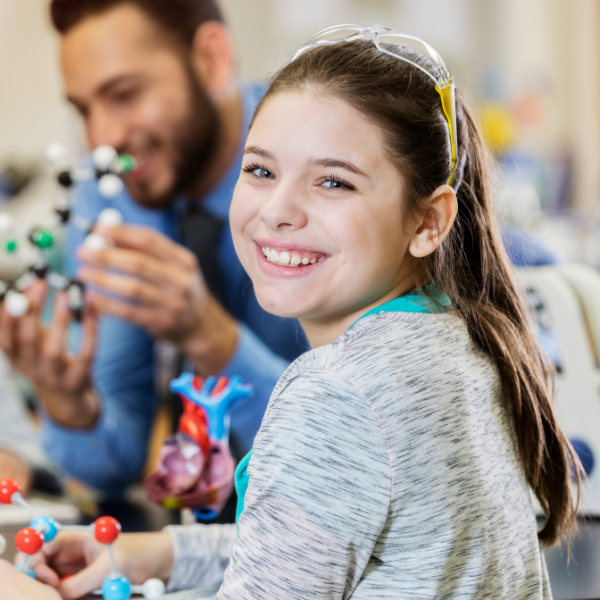
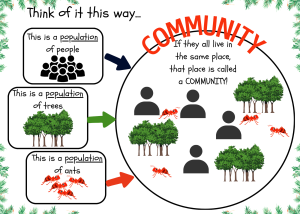
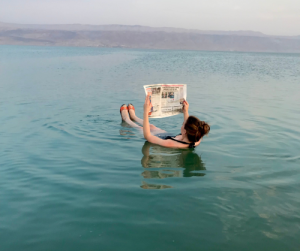
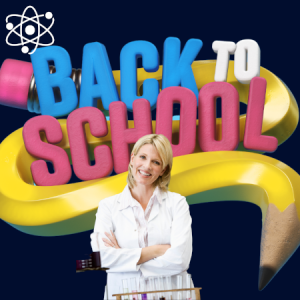
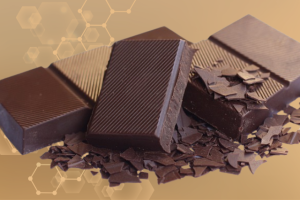
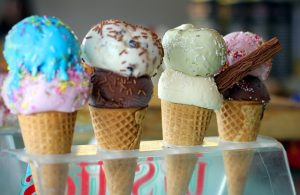
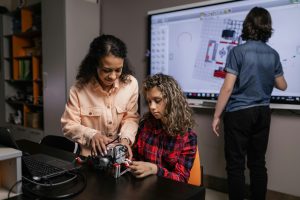
One Response
These are great ideas